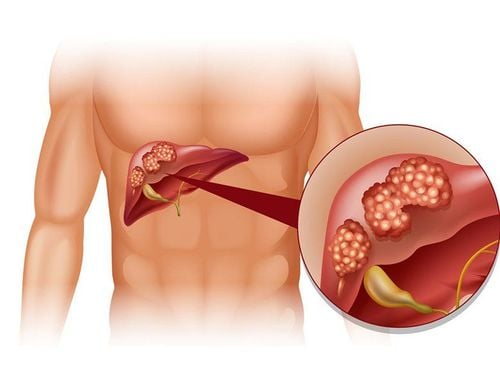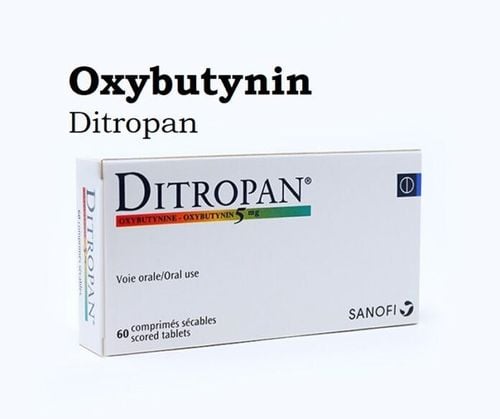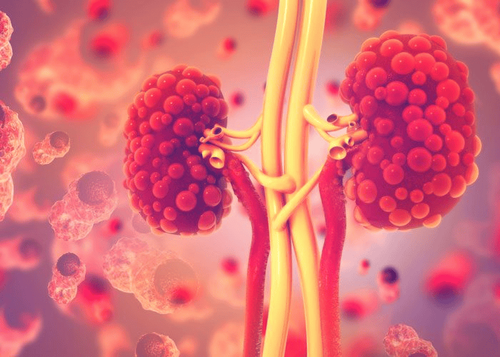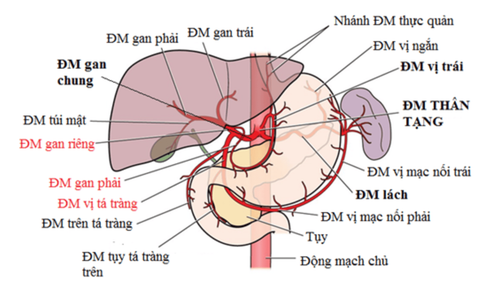This is an automatically translated article.
The article is professionally consulted by Master, Doctor Nguyen Thi Thanh Thuy - Endocrinologist - Dialysis - Kidney Transplant - Department of Examination & Internal Medicine - Vinmec Central Park International General Hospital. The doctor has more than 15 years of experience in the diagnosis and treatment of medical kidney disease, hemodialysis, peritoneal dialysis, pre-transplant screening and post-transplant follow-up.Polycystic kidney disease is a type of kidney injury caused by the presence of fluid-filled cysts in the renal parenchyma. These are benign fluid cysts, but they cause damage to the kidneys, leading to dangerous complications such as kidney failure, kidney cancer.
1. Causes of Polycystic Kidneys
Renal cysts arising and developing may be genetic or environmental dependent, or possibly both. The formation of cysts is explained by the following 3 mechanisms:In the lumen of the renal tubules is blocked: experimentally, to cause polycystic kidney disease, scientists use antioxidants. The results showed that the collecting duct parietal cells proliferated, forming polyps along the collecting duct. The tubules are obstructed by polyps in the tubular lumen, but micropolyps are not found in the tubular wall of people with polycystic kidney disease. Renal tubular epithelial cell proliferation: Cysts will appear when the number of epithelial cells increases sharply in the dilated renal tubules. Changes in the tubular basement membrane: When you have polycystic kidney disease, the composition of the tubular basement membrane is changed. The basement membrane of the cyst is abnormal if polycystic kidney disease is inherited in an autosomal dominant manner. The alteration of the basement membrane leads to the formation of a cyst in the renal tubules. The membrane fusion gene should have a control or transport system deficiency, possibly associated with autosomal dominant polycystic kidney disease.
2. Signs of polycystic kidney

Tăng huyết áp là một trong những biểu hiện của bệnh thận đa nang
Symptoms of polycystic kidney disease appear more common in later years, so many people mistakenly think they have other common diseases.
Manifestations of polycystic kidney disease are: High blood pressure, pain in the side or back, headache, fatigue, frequent urination or blood in the urine, accompanied by kidney stones, urinary tract infections and lead to kidney failure. The disease is usually detected in middle age or older.
A few signs to recognize polycystic kidney:
Change in kidney size: The cysts will gradually enlarge, making the kidneys deformed, the weight of each kidney can be up to 7-8kg. Having undergone transformation, renal cysts appear. Hip or Abdominal Pain: Approximately 20-30% of patients with polycystic kidney disease present with abdominal or low back pain. This percentage increases with age and size of the cyst. When pain is acute, there may be bleeding in the cyst or obstruction of the urinary tract by a blood clot, or stone, or infection of the cyst. People with polycystic kidney disease will develop fever symptoms if the cysts are infected. Right upper quadrant pain: Patients with polycystic kidney disease will experience right upper quadrant pain due to the increased size of the cyst. Bleeding in the cyst: About 15-20% of patients with polycystic kidney disease have gross hematuria. About 30-50% of patients it occurs at least once. Gross hematuria can occur after trauma, even minor trauma, or it can occur spontaneously. The larger the kidney, the higher the percentage of patients with gross hematuria. The longitudinal diameter of the kidney is less than 15cm, the percentage of patients with gross hematuria is 14%. The longitudinal diameter of the kidney is more than 15cm, this ratio increases and reaches 43%.
3. Complications of polycystic kidney disease
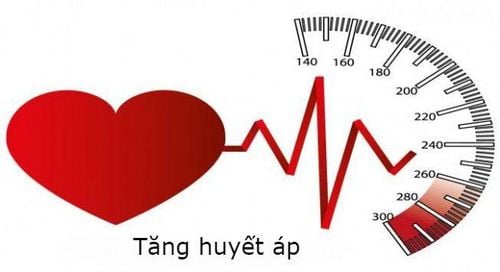
Tăng huyết áp là biến chứng của bệnh thận đa năng
Hypertension: high blood pressure can cause cerebral hemorrhage, bulging aorta, myocardial infarction, fundus eye damage... Chronic kidney disease and gradual end-stage chronic kidney failure People with polycystic kidney disease may have symptoms such as fatigue, vomiting, anemia... Increased risk of brain stroke and Cardiovascular stroke High risk of brain aneurysm associated with polycystic kidney disease Women with polycystic kidney disease must be alert to a number of risks such as pregnancy toxicity, hypertension, preeclampsia... In addition, patients Polycystic kidney may appear a few unusual symptoms such as colonic diverticulum, damaged heart valve... making the condition worse. Polycystic kidney disease is an inherited disease that causes a gradual loss of kidney function and the development of complications as the disease progresses. Therefore, patients need to be clearly explained about the condition of the disease, thereby complying with the doctor's monitoring and treatment regimen. In addition, patients also need to have a healthy lifestyle (eat low, limit salt, exercise properly, add enough water...) to limit complications of the disease, prolong kidney time. also function.
Please dial HOTLINE for more information or register for an appointment HERE. Download MyVinmec app to make appointments faster and to manage your bookings easily.




